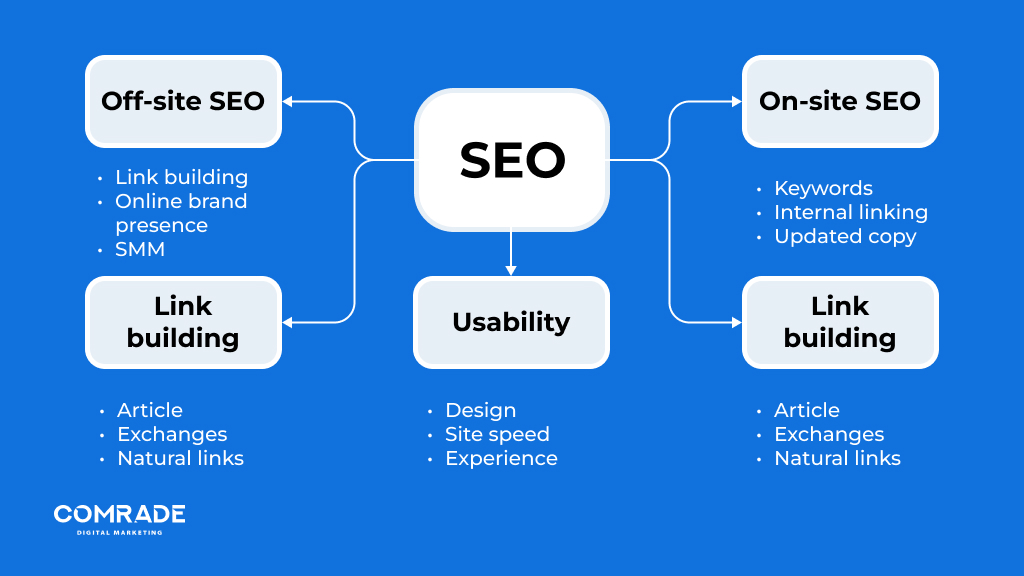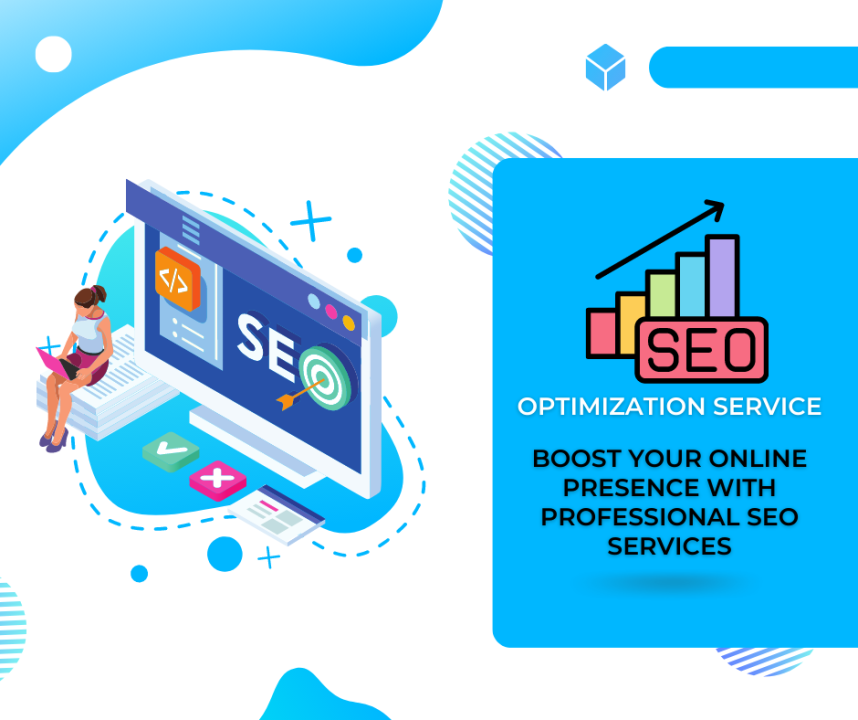Discovering What Is Not Considered a Default Medium in Google Analytics for SEO
Discovering What Is Not Considered a Default Medium in Google Analytics for SEO
Blog Article
Using the Power of Non-Default Mediums in Google Analytics for Strategic Decision-Making
In the realm of calculated decision-making, the utilization of Google Analytics is commonly seen as a conventional technique for obtaining insights from online data. What if there were untapped sources within Google Analytics that could possibly revolutionize the way companies make choices? By venturing past the default tools in Google Analytics and diving into alternate sources of data, services can open a chest of important details that may hold the secret to acquiring an one-upmanship out there. This undiscovered region of non-default mediums provides a compelling possibility for critical minds seeking to harness the complete capacity of analytics for notified decision-making.
Discovering Non-Default Mediums in GA
By delving into alternative mediums past the default setups in Google Analytics (GA), companies can gain deeper understandings right into their on the internet website traffic resources and user actions patterns. One such tool is UTM criteria, which enable organizations to track the performance of particular advertising and marketing campaigns or networks.
This data can expose just how customers involve with the site and help identify locations for renovation to boost the user experience. On the whole, by leveraging these alternate mediums in GA, companies can make more informed choices to drive their on the internet success.
Leveraging Unconventional Information Resources

These unusual information resources can supply organizations with special viewpoints that may not be caught by default metrics in Google Analytics. For example, belief evaluation of social networks discusses can supply understandings into client contentment levels, while phone call monitoring information can expose which marketing campaigns are driving phone queries. By integrating these non-traditional resources of data into their analytics technique, organizations can make more informed choices, enhance advertising and marketing initiatives, and boost general performance based on a holistic sight of their on the internet activities.
Optimizing Insights Beyond Criterion Channels
To remove much deeper understandings beyond the requirement channels in Google Analytics, organizations must purposefully expand their data resources. what is not considered a default medium in google analytics. While Google Analytics supplies important details on website web traffic and customer habits, incorporating extra data from non-default tools can offer a more extensive view of efficiency and client interactions. By integrating information from social media sites systems, email advertising and marketing projects, CRM systems, and offline resources, organizations can gain an all natural understanding of their audience's journey and preferences

Enhancing Strategic Decision-Making With Analytics
In leveraging a diverse variety of information resources past basic networks, organizations can enhance their calculated decision-making by taking advantage of the power of analytics to notify and direct essential organization choices. By including advanced analytics devices and techniques, companies can acquire much deeper understandings into customer habits, market trends, and operational performance. Via the evaluation of information from various resources such as social media sites, mobile applications, and consumer feedback, organizations can establish a more detailed understanding of their target market why not try here and market characteristics.
Analytics enables companies to identify patterns, fads, and connections that may not be promptly obvious with conventional data analysis methods. By leveraging these insights, organizations can make even more educated choices regarding item development, marketing methods, and resource allotment - what is not considered a default medium in google analytics. Additionally, analytics can aid services track the efficiency of their campaigns in real-time, allowing for quick adjustments and optimizations to enhance general performance
Essentially, the strategic combination of analytics right into decision-making processes equips organizations to stay dexterous, affordable, and responsive to developing market problems. By embracing analytics as a core component of their calculated toolkit, companies can drive development, development, and lasting success.
Discovering Affordable Benefits in Information
By delving into the depth of data insights, companies can properly discover competitive benefits that thrust them in advance out there landscape. In today's data-driven world, companies are progressively acknowledging the significance of leveraging information to get an one-upmanship. By evaluating various data points such as customer actions, market trends, and rival efficiency, organizations can draw out useful insights that educate calculated decision-making.
One secret element of uncovering competitive benefits in data is recognizing patterns and trends that supply distinct understandings into consumer preferences and market characteristics. By making use of sophisticated analytics tools like Google Analytics, businesses can track user communications, web site webpage traffic, and conversion prices to comprehend consumer behavior better. This, subsequently, makes it possible for firms to tailor their advertising and marketing techniques, item offerings, and customer experiences to satisfy developing needs properly.
Moreover, data analysis can also introduce untapped chances for technology and development. By recognizing voids in the marketplace or locations where competitors fall short, companies can create brand-new services or products that resolve unmet requirements and differentiate themselves from the competitors. Inevitably, leveraging data to reveal affordable advantages is not practically accumulating details yet about translating it into actionable approaches that drive success in today's affordable service setting.
Final Thought

By venturing beyond the default mediums in Google Analytics and diving into different resources of data, organizations can unlock a trove of valuable information that may hold the key to acquiring an affordable side in the market.Exploring past the typical data sources in Google Analytics, services can open valuable understandings by touching right into unique information streams for a more comprehensive understanding of their online performance. Leveraging unusual information sources includes harnessing information from various networks such as social media platforms, client evaluations, telephone call monitoring systems, email advertising and marketing metrics, and even offline resources like in-store foot web traffic data.To extract deeper insights Read Full Article past the criterion channels in Google Analytics, organizations need to purposefully expand their information resources.In leveraging a varied variety of data resources beyond basic channels, organizations can boost their calculated decision-making by harnessing the power of analytics to educate and lead vital business choices.
Report this page